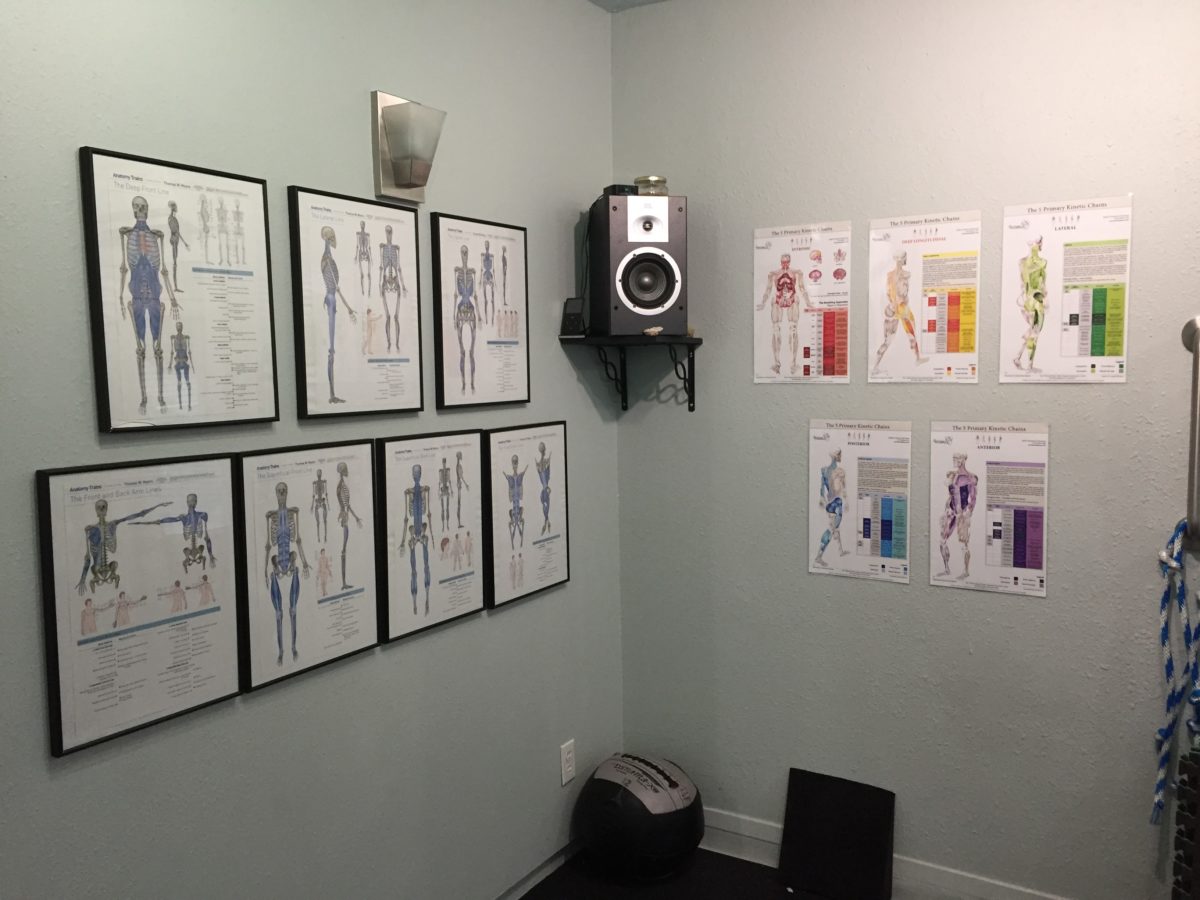
There are a few misconceptions in the movement/bodywork community about manual muscle testing. The first being the term itself. Manual muscle testing is not testing muscles. Manual muscle testing is asking a question. Can the nervous system/structure respond appropriately to a particular stimulus. This is having a conversation with an input / output feedback loop.
The manner in which we engage in the conversation makes a difference. I like to think of the conversation as having two separate aspects. The first aspect is the conversation with nervous system. We are engaging the proprioceptive feedback loop. Can the nervous system respond to the stimulus at the periphery? The second aspect of the conversation is structure. Can the various connective tissue structures respond to vector, load, and duration?
Nervous system response and structural durability are interdependent. Without the nervous system’s capacity to respond appropriately, durability would be compromised. Motor control and neuromuscular coordination are tangible responses of our body’s ability to cope with a changing movement environment. When we feel safe during movement, we have the capacity to optimally thrive.
There is a specific attribute of the kinesthetic conversation that occurs during movement. When we appropriately cue the nervous system to the neurological disorganization of maladaptation, the opportunity to learn, or upload input /output response becomes available. There are optimal ways and less than optimal ways this happens.
I’ve created a progression – Dynamic Neuromuscular Assessment™ — for the therapist to learn an optimal process for engaging with the nervous system of their client. There are three layers to this process.
The first layer starts with deconstructing and refining manual muscle testing. Movement assessment has the potential to accurately interpret the input/output of nervous system response. This has several sub levels and nuances.
The second layer is mapping. Mapping is a format to understand the unique presentation of our client. The symptom / causation relationship is investigated to arrive at the primary causation, or the primary layer to start employing a corrective strategy.
After we have the global picture mapped of our clients, we can employ the third layer of the DNA™ process, corrective strategies. Caution must be used when employing corrective strategies. Keeping the container safe is a primary concern when “do no harm” is the imperative. We cannot apply a corrective technique until we understand the causation and its source. If we remove a coping strategy or compensation, the nervous system will fill that void in the container. That something will more than likely be maladaptive. Instead, we need to displace a maladaptive compensation with a positive adaptive coping strategy.
Engaging the nervous system is a process of inquiry. As therapists we are learning to ask the right question. When we ask the right question, the nervous system can be appropriately cued to the symptom causation relationship. This keeps the container safe so that the potential for change is fully realized. Dynamic Neuromuscular Assessment™ is an assessment protocol that allows the therapist to optimally utilize the corrective techniques they already have by asking the right questions.
